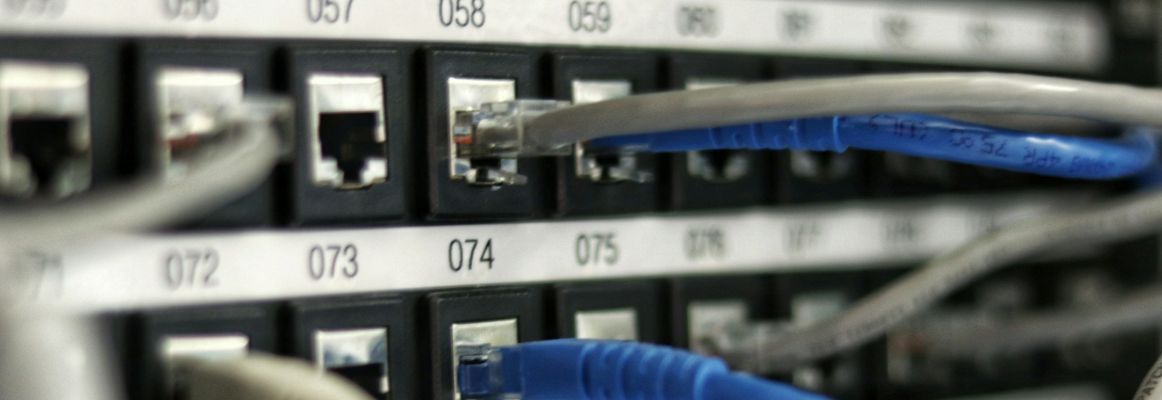
Photo by Jordan Harrison on Unsplash
New website?
You need a domain name and a hosting account. If you are not familiar with the process of setting up a new website, domains and hosting can be quit confusing. I will attempt to help but, actually going through the process is the best way to grasp how these two things relate.
A Domain Name
is the word you type into your browser to get to a website.
It has two parts, the top level and the lower levels.
A typical website URL (Universal Resource Locator) or website address looks something like this
http://www.sitename.com
The last part, the .com is the top-level of the domain name. The other parts to the left, separated by dots, are the lower levels of the domain name.
Examples of different top level domains:
.com – Commercial
.net – Network
.gov – Government agencies
.edu – Educational institutions
.org – Organizations (nonprofit)
.mil – Military
.ca – Canada
Dot com and dot net are generally the most popular.
The part of the domain name next to the top level section (.com) is the part you will choose to represent your website. It can be representative of you, your business or nothing at all. yourname.com is a good choice if you intend to blog or if you are the sole contributor. If you intend to sell red widgets on your website then redwidgets.com (or .net) is probably a good choice. This can be anything you want as long as the word is available. It can be a word or not. It can represent your site’s content, or not. Amazon, Google and Zappos are all examples of a word that doesn’t necessarily represent the content of the website. Anything goes here.
You can purchase a domain name from a domain name registry. There are a bazillion different places to do this, GoDaddy.com and NameCheap.com are two of the most popular.
A Hosting Account
is what you need to have a website that can be found at the domain name you just purchased. A hosting account is basically renting space on a web server. A web server is a computer running the software necessary to serve website files to computers anywhere in the world. Like domain name registries, there are a bazillion hosting companies to choose from.
DNS
DNS is short for Domain Name System. Web servers are accessed by their IP address. You may have seen an IP address, they are just a bunch of numbers and dots such as 123.45.67.89. Once you purchase a domain name it has to be mapped to the correct web server. This is where the Domain Name Server comes in (yup, same first letters but no, not the same). A Domain Name Server can be thought of as a big 2 column spreadsheet, domain names in one column, IP addresses in the other. When you click a link to view a webpage or type in a domain name such as copypastedeveloper.com the first stop is a Domain Name Server which directs your query to the correct IP address by looking it up in the 2 column spreadsheet.
Keep in mind that a single web server may house many different websites so there is some internal trafficking going on there as well.
Domain Mapping
This is the last step you’ll need to take and usually the most confusing. If you purchase your domain name and hosting account from the same company you may be lucky enough to be able to skip this last step. On the other hand if you purchase your domain name from namecheap.com and purchase hosting from another company like Hostgator (<- affiliate link), this step is unavoidable. The hosting company will provide you with 2 DNS addresses. These addresses then have to be entered somewhere at the domain name registry. This is how the domain name gets mapped to the IP address. All in all it is very easy, however finding where to enter these addresses at your registry can be frustrating depending on the interface the registry provides.
Conclusion
Domains and hosting are integral parts of the website creation process. Thinking up a domain name can be fun, until you have to start compromising because your first choices are already taken. DNS and hosting is just plain confusing to those who don’t have to deal with them on a regular basis.
To have a website you need a domain name and a hosting account. A domain name is purchased from a domain name registry, a hosting account is space on a web server purchased from a hosting provider. The domain name is a word, the web server’s address is a number (IP address). To map the name to the number you have to enter the DNS addresses provided by the hosting company into the provided space at the registry.